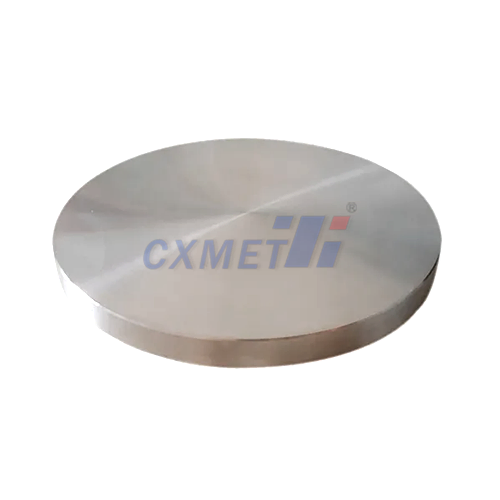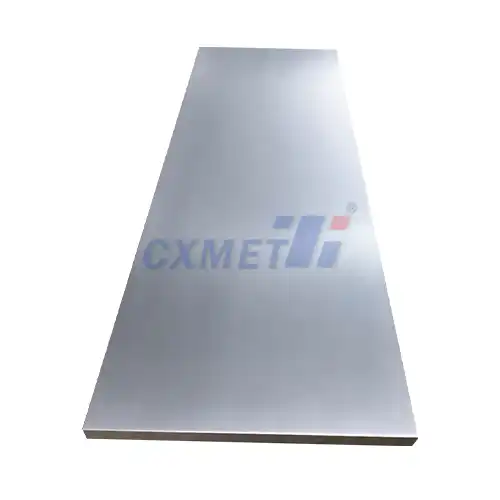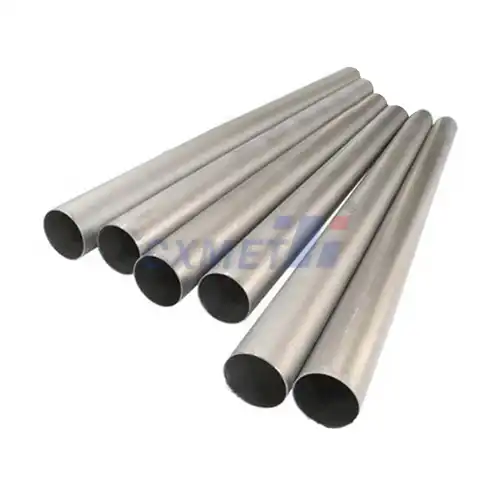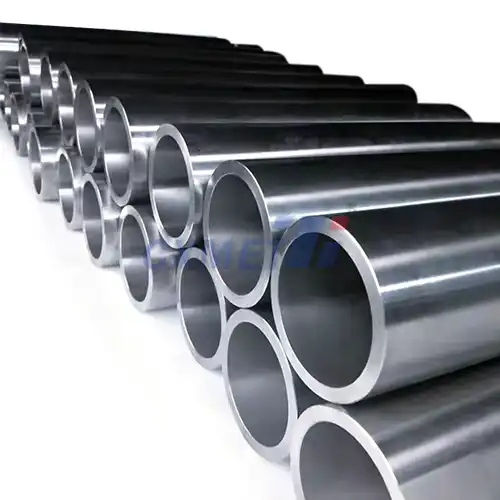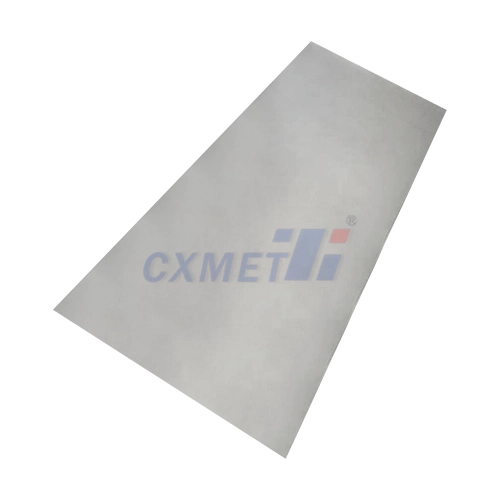- English
- French
- German
- Portuguese
- Spanish
- Russian
- Japanese
- Korean
- Arabic
- Greek
- German
- Turkish
- Italian
- Danish
- Romanian
- Indonesian
- Czech
- Afrikaans
- Swedish
- Polish
- Basque
- Catalan
- Esperanto
- Hindi
- Lao
- Albanian
- Amharic
- Armenian
- Azerbaijani
- Belarusian
- Bengali
- Bosnian
- Bulgarian
- Cebuano
- Chichewa
- Corsican
- Croatian
- Dutch
- Estonian
- Filipino
- Finnish
- Frisian
- Galician
- Georgian
- Gujarati
- Haitian
- Hausa
- Hawaiian
- Hebrew
- Hmong
- Hungarian
- Icelandic
- Igbo
- Javanese
- Kannada
- Kazakh
- Khmer
- Kurdish
- Kyrgyz
- Latin
- Latvian
- Lithuanian
- Luxembou..
- Macedonian
- Malagasy
- Malay
- Malayalam
- Maltese
- Maori
- Marathi
- Mongolian
- Burmese
- Nepali
- Norwegian
- Pashto
- Persian
- Punjabi
- Serbian
- Sesotho
- Sinhala
- Slovak
- Slovenian
- Somali
- Samoan
- Scots Gaelic
- Shona
- Sindhi
- Sundanese
- Swahili
- Tajik
- Tamil
- Telugu
- Thai
- Ukrainian
- Urdu
- Uzbek
- Vietnamese
- Welsh
- Xhosa
- Yiddish
- Yoruba
- Zulu
What Are The Applications Of GR2 Ttitanium Seamless Tubes?
2025-01-08 08:42:57
GR2 titanium seamless tubes, also known as Grade 2 titanium tubes, are versatile components widely used in various industries due to their exceptional properties. These tubes are characterized by their high strength-to-weight ratio, excellent corrosion resistance, and biocompatibility. As a result, they find applications in aerospace, chemical processing, marine engineering, and medical industries. In this blog post, we will explore the diverse applications of GR2 titanium seamless tubes and delve into their unique characteristics that make them suitable for various demanding environments.
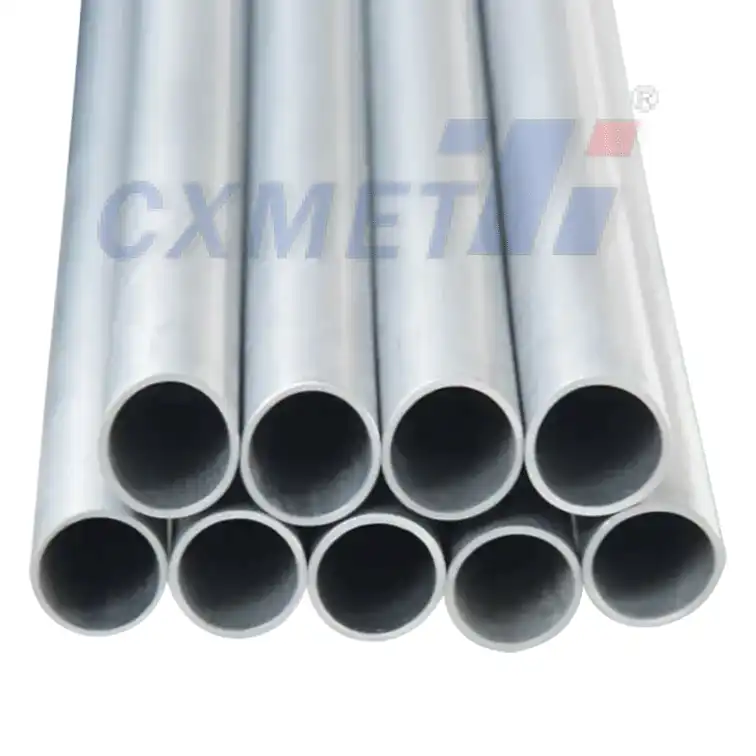
How are GR2 titanium seamless tubes used in the aerospace industry?
The aerospace industry heavily relies on GR2 titanium seamless tubes for various critical applications. These tubes play a vital role in aircraft and spacecraft construction, contributing to the overall performance and safety of these vehicles. Here are some key applications of GR2 titanium seamless tubes in the aerospace sector:
- Hydraulic and pneumatic systems: GR2 titanium seamless tubes are extensively used in aircraft hydraulic and pneumatic systems. These systems are responsible for controlling various functions, such as landing gear, brakes, and flight control surfaces. The high strength-to-weight ratio of titanium tubes allows for the construction of lightweight yet robust systems, which is crucial for optimizing aircraft performance and fuel efficiency.
- Fuel lines and systems: Titanium's excellent corrosion resistance makes it an ideal material for fuel lines and systems in aircraft. GR2 titanium seamless tubes can withstand the corrosive effects of various fuels and additives, ensuring long-term reliability and safety. Additionally, their lightweight nature contributes to overall weight reduction in aircraft design.
- Environmental control systems: Aircraft environmental control systems, responsible for maintaining cabin pressure, temperature, and air quality, often utilize GR2 titanium seamless tubes. These tubes are used in heat exchangers, air conditioning units, and ventilation systems, where their corrosion resistance and thermal properties are advantageous.
- Structural components: In some cases, GR2 titanium seamless tubes are used as structural components in aircraft and spacecraft. They can be found in load-bearing elements, such as struts, supports, and reinforcements, where their high strength-to-weight ratio is particularly beneficial.
- Engine components: While not as common as in other areas, GR2 titanium seamless tubes can be used in certain engine components, such as cooling systems or exhaust gas management systems. Their ability to withstand high temperatures and resist corrosion makes them suitable for these applications.
The use of GR2 titanium seamless tubes in aerospace applications contributes significantly to weight reduction, improved fuel efficiency, and enhanced overall performance of aircraft and spacecraft. Their durability and resistance to harsh environmental conditions ensure long-term reliability, which is crucial in the aerospace industry where safety is paramount.
What role do GR2 titanium seamless tubes play in chemical processing industries?
GR2 titanium seamless tubes have found extensive applications in chemical processing industries due to their exceptional corrosion resistance and ability to withstand harsh chemical environments. These tubes play a crucial role in various processes and equipment within the chemical sector. Let's explore the key applications and benefits of GR2 titanium seamless tubes in chemical processing:
- Heat exchangers: GR2 titanium seamless tubes are widely used in the construction of heat exchangers for chemical processing plants. Their excellent thermal conductivity and corrosion resistance make them ideal for handling a wide range of corrosive chemicals and aggressive media. Titanium heat exchangers offer long-term reliability and efficiency, reducing maintenance costs and downtime.
- Reactors and pressure vessels: Chemical reactors and pressure vessels often require materials that can withstand high pressures, temperatures, and corrosive environments. GR2 titanium seamless tubes are used in the construction of these vessels, providing excellent strength and resistance to chemical attack. This ensures the safety and integrity of critical chemical processes.
- Piping systems: The chemical industry relies heavily on complex piping systems to transport various chemicals and materials. GR2 titanium seamless tubes are used in these systems, particularly for handling corrosive chemicals, acids, and other aggressive media. Their resistance to pitting, crevice corrosion, and stress corrosion cracking makes them ideal for long-term use in chemical processing facilities.
- Distillation columns: Titanium tubes are often employed in the construction of distillation columns, where their corrosion resistance and strength are crucial. These columns are used to separate chemical mixtures based on their boiling points, and the use of titanium ensures the longevity and efficiency of the equipment.
- Storage tanks: GR2 titanium seamless tubes can be used in the construction of storage tanks for highly corrosive chemicals. Their ability to resist chemical attack and maintain structural integrity over long periods makes them suitable for storing aggressive substances safely.
- Electrochemical processes: In electrochemical industries, such as chlor-alkali production, GR2 titanium seamless tubes are used as anodes or cathodes. Their excellent electrical conductivity and corrosion resistance make them ideal for these applications, where they can withstand the harsh electrochemical environment.
The use of GR2 titanium seamless tubes in chemical processing industries offers several advantages:
- Extended equipment lifespan due to superior corrosion resistance
- Reduced maintenance costs and downtime
- Improved process efficiency and product purity
- Enhanced safety in handling hazardous chemicals
- Lightweight construction, leading to easier installation and handling
By leveraging the unique properties of GR2 titanium seamless tubes, chemical processing industries can improve their operational efficiency, safety, and overall productivity. The initial higher cost of titanium is often offset by its long-term benefits and reduced lifecycle costs.
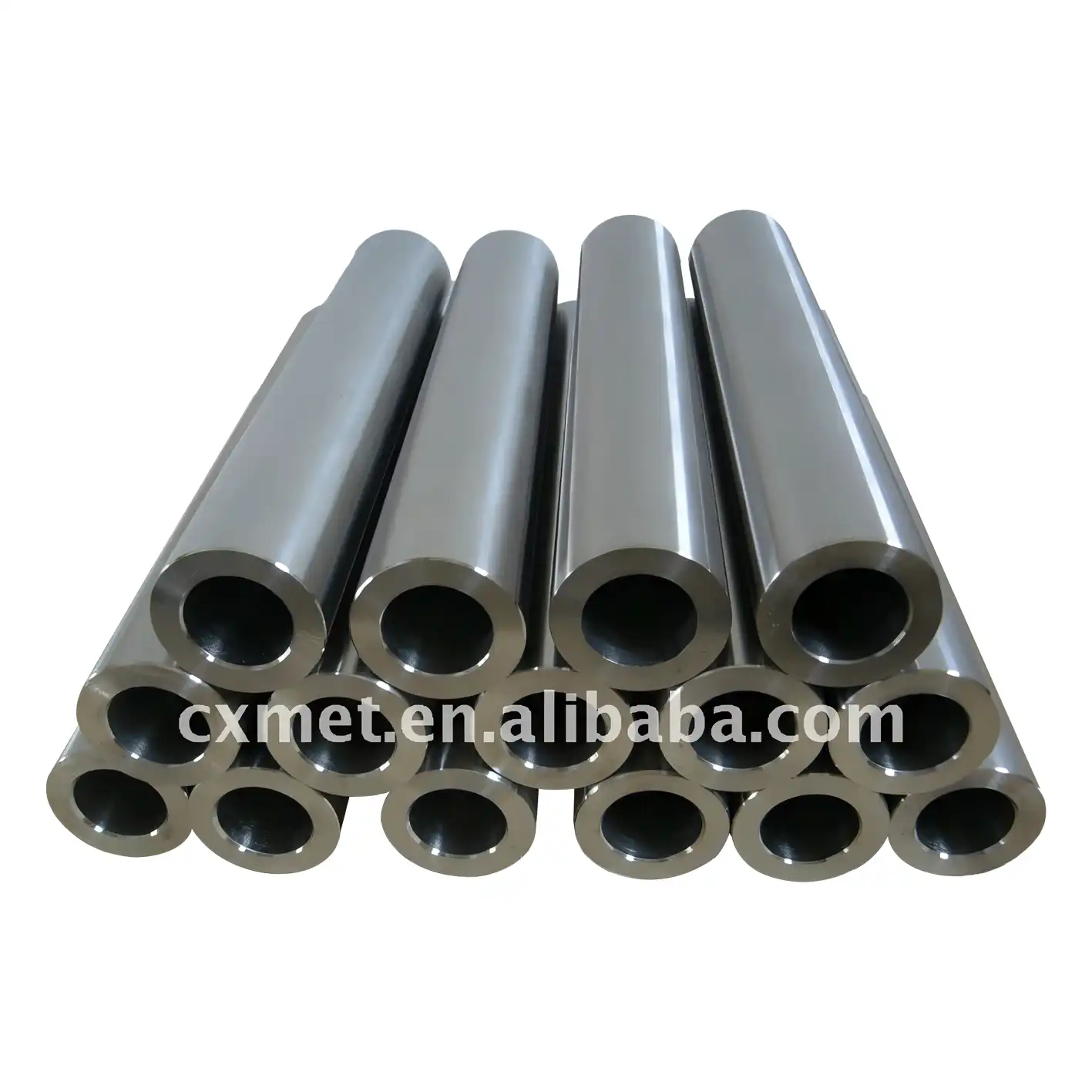
How are GR2 titanium seamless tubes utilized in medical applications?
GR2 titanium seamless tubes have gained significant importance in the medical field due to their biocompatibility, corrosion resistance, and strength. These properties make them ideal for various medical applications, ranging from surgical instruments to implantable devices. Let's explore the diverse ways in which GR2 titanium seamless tubes are utilized in medical applications:
- Orthopedic implants: GR2 titanium seamless tubes are widely used in the manufacturing of orthopedic implants, such as bone plates, screws, and intramedullary nails. The biocompatibility of titanium ensures that these implants integrate well with human bone tissue, promoting osseointegration and reducing the risk of rejection. The high strength-to-weight ratio of titanium allows for the creation of lightweight yet durable implants that can withstand the mechanical stresses of the human body.
- Dental implants: In dentistry, GR2 titanium seamless tubes are used to create dental implants and abutments. The excellent biocompatibility of titanium promotes the fusion of the implant with the jawbone, providing a stable foundation for artificial teeth. The corrosion resistance of titanium ensures long-term durability in the oral environment, where it is exposed to saliva and various chemicals.
- Cardiovascular devices: Titanium tubes play a crucial role in the development of cardiovascular devices, such as artificial heart valves, stents, and pacemaker casings. The material's biocompatibility and resistance to body fluids make it ideal for long-term implantation. Additionally, the non-magnetic properties of titanium are advantageous for devices that may need to function in the presence of magnetic fields, such as during MRI scans.
- Surgical instruments: GR2 titanium seamless tubes are used in the manufacture of various surgical instruments, including endoscopes, laparoscopic tools, and dental instruments. The lightweight nature of titanium reduces hand fatigue during long surgical procedures, while its strength ensures the durability of the instruments. The material's ability to withstand repeated sterilization processes without degradation is also a significant advantage in medical settings.
- Prosthetics: Titanium tubes are employed in the construction of prosthetic limbs and joints. The material's high strength-to-weight ratio allows for the creation of robust yet lightweight prosthetics that provide improved mobility and comfort for patients. The biocompatibility of titanium also reduces the risk of adverse reactions when in contact with the skin or tissue.
- Medical imaging equipment: While not directly implanted, GR2 titanium seamless tubes are used in the construction of medical imaging equipment, such as X-ray machines and CT scanners. The material's low density and high strength make it suitable for creating structural components that can support heavy equipment while minimizing interference with imaging processes.
- Drug delivery systems: In some advanced medical applications, titanium tubes are used in the development of implantable drug delivery systems. These devices can provide controlled release of medications over extended periods, leveraging the material's biocompatibility and resistance to corrosion.
The use of GR2 titanium seamless tubes in medical applications offers several key benefits:
- Excellent biocompatibility, reducing the risk of adverse reactions or rejection
- High strength-to-weight ratio, allowing for the creation of lightweight yet durable medical devices
- Corrosion resistance, ensuring long-term stability in the physiological environment
- Non-magnetic properties, making it suitable for use with MRI and other imaging technologies
- Ability to osseointegrate, promoting better fusion with bone tissue in orthopedic and dental applications
- Resistance to repeated sterilization processes, maintaining the integrity of medical instruments
As medical technology continues to advance, the role of GR2 titanium seamless tubes in healthcare is likely to expand further. Ongoing research and development in areas such as 3D-printed titanium implants and smart medical devices promise to unlock even more potential applications for this versatile material in the medical field.
At SHAANXI CXMET TECHNOLOGY CO., LTD, we take pride in our extensive product range, which caters to diverse customer needs. Our company is equipped with outstanding production and processing capabilities, ensuring the high quality and precision of our products. We are committed to innovation and continuously strive to develop new products, keeping us at the forefront of our industry. With leading technological development capabilities, we are able to adapt and evolve in a rapidly changing market. Furthermore, we offer customized solutions to meet the specific requirements of our clients. If you are interested in our products or wish to learn more about the intricate details of our offerings, please do not hesitate to contact us at sales@cxmet.com. Our team is always ready to assist you.
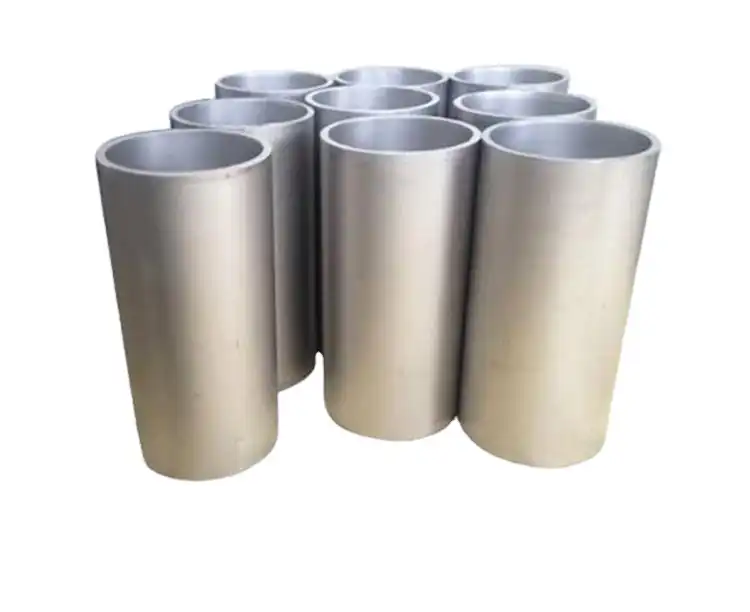
References
- ASTM International. (2021). ASTM B338 - Standard Specification for Seamless and Welded Titanium and Titanium Alloy Tubes for Condensers and Heat Exchangers.
- Boyer, R., Welsch, G., & Collings, E. W. (1994). Materials Properties Handbook: Titanium Alloys. ASM International.
- Froes, F. H. (2015). Titanium: Physical Metallurgy, Processing, and Applications. ASM International.
- Lutjering, G., & Williams, J. C. (2007). Titanium (2nd ed.). Springer-Verlag Berlin Heidelberg.
- Rack, H. J., & Qazi, J. I. (2006). Titanium alloys for biomedical applications. Materials Science and Engineering: C, 26(8), 1269-1277.
- Schutz, R. W., & Watkins, H. B. (1998). Recent developments in titanium alloy application in the energy industry. Materials Science and Engineering: A, 243(1-2), 305-315.
- Titanium Industries. (n.d.). Titanium Tubing. Retrieved from https://www.titanium.com/products/titanium-tubing/
- United Performance Metals. (n.d.). Titanium Grade 2 Tubing. Retrieved from https://www.upmet.com/products/titanium/grade-2-tubing
- Williams, D. F. (2008). On the mechanisms of biocompatibility. Biomaterials, 29(20), 2941-2953.
- Yamada, M. (2013). Titanium: A Technical Guide (2nd ed.). ASM International.
